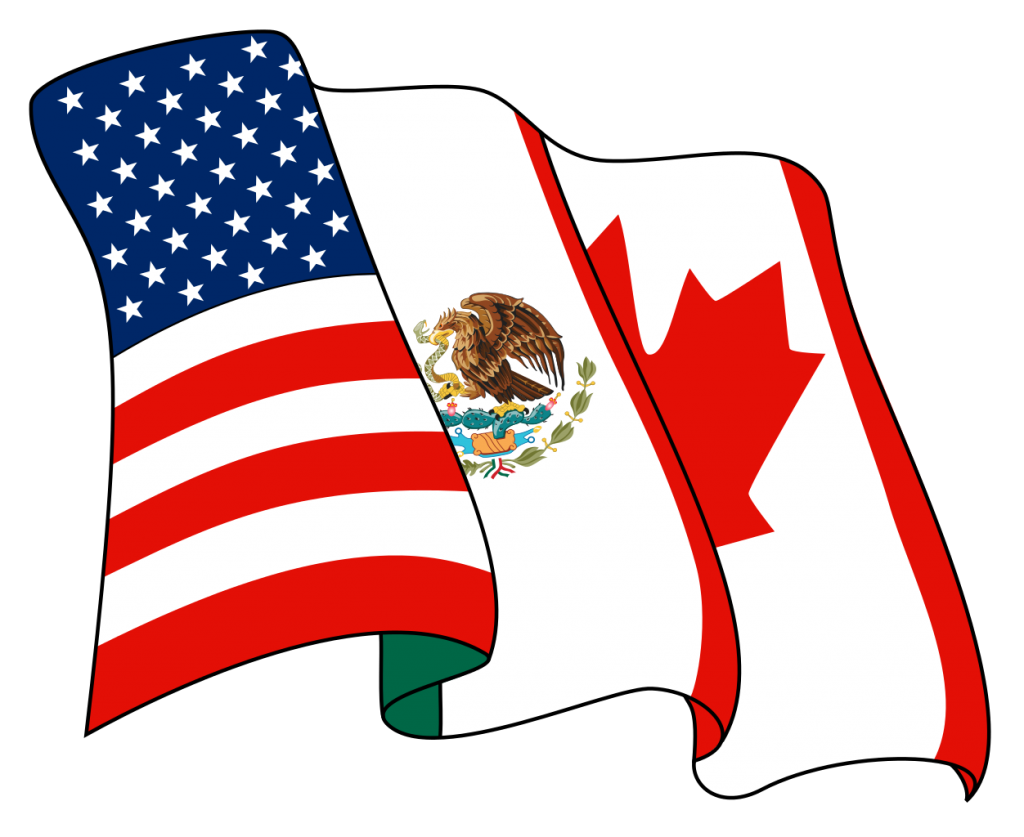We’ll need to kick this overview off with an explanation regarding the name of this agreement. It’s referred to differently — based on the country in question.
In Canada, the agreement is CUSMA: Canada-United States-Mexico-Agreement
In the US, the agreement is USMCA: United States-Mexico-Canada-Agreement
In Mexico, the agreement is T-MEC: Tratado Mexico, Estados Unidos, Canada
Here is the CBSA Announcement – Customs Notice 20-14.

As importers, it’s important that you take note of the changes in this agreement and how it modifies the regulatory framework in which you operate. Today, we will be doing a breakdown of CUSMA and what it will mean for importers.
CUSMA will be in effect as of July 1, 2020. After this date, NAFTA certificates will no longer be accepted by customs authorities to reduce duties. Under CUSMA, a Certificate of Origin, with a few specifications included in the documentation will be required to benefit from this agreement.
As of now, and perhaps going forward, there is no formal certificate to claim the benefits of CUSMA (like a NAFTA certificate equivalent), so it’ll be up to the importer to get the other documentation right.
What will the Certificate of Origin need to include?
- Importer, exporter, or the producer: the party certifying the origin.
- The certifier: the information for the party above
- The exporter: the identifying and contact information — including country!
- The producer/manufacturer: their information, including contact, country, etc.
- The importer: information like contact, country, etc.
- Description of the goods and the HS Tariff Classification
- Origin criteria: Using CUSMA, identify the criterion that the goods qualify under.
- Blanket period: Stipulate if the certification should apply to multiple shipments of the same goods.
- Authorized Signature and Date
If imports previously benefited from NAFTA, will they also benefit from CUSMA?
While NAFTA and CUSMA are certainly similar, they are not the same. It’s critical that importers refer to the new set of regulations under the Rules of Origin to make sure that your commercial goods still qualify.
The agreement breaks goods down by HS tariffs and stipulates various exemptions. It is advisable to review the new agreement and see how your goods fit into the Rules of Origin.
How do importers obtain a Certification?
The first step would be to ensure that manufacturers, suppliers, vendors, etc. that are based in the US or Mexico. Secondly, communicate with them to see that they are aware of the new agreement and how it impacts their operation — are they ready for July 1st? Do their goods comply with the new rules? Are they ready to provide new documentation?
Much of the onus falls on them to ensure everything is in order. However, the importer has the ability to verify the elements mentioned above, so it might be a good option to be prepared.
Importers can certify the imported goods, but that will mean that they are subject to a CBSA audit and must keep accurate documentation as such.
Will all imports be required to provide a certificate of origin?
For shipments that are valued at less than $3300CAD: they will be exempt from providing this info. However, importers will still need to provide proof of origin in the event of a possible audit.
Naturally, certifications, agreements, regulations, etc. will change over time. All the more reason to link up with a customs broker that can help your organization manage these changes with ease. A customs broker can act on behalf of the importer to make the process smoother for CBSA and for the importer.
It also helps importers avoid fines, delays, and seizures that can be costly — as a result of non-compliance.
If you’d like to see what a customs broker partnership could look like, contact us here.

 Payment
Payment  My Account
My Account